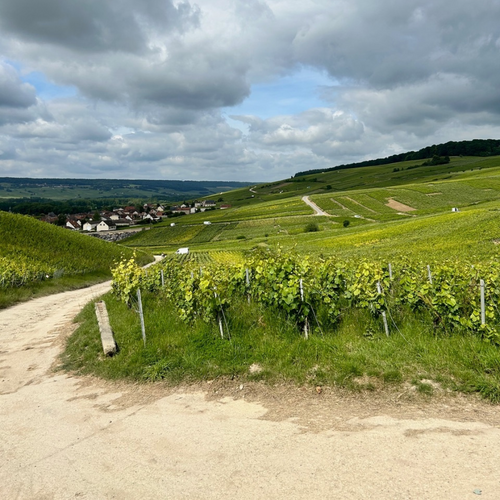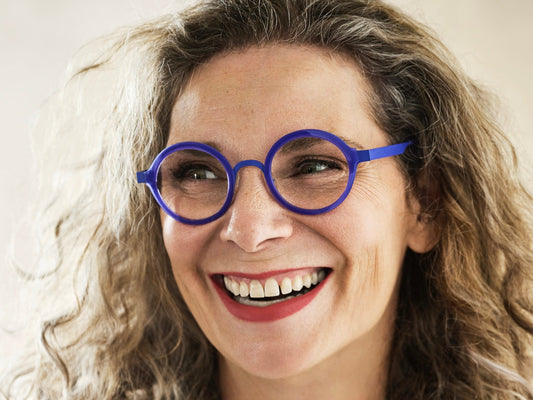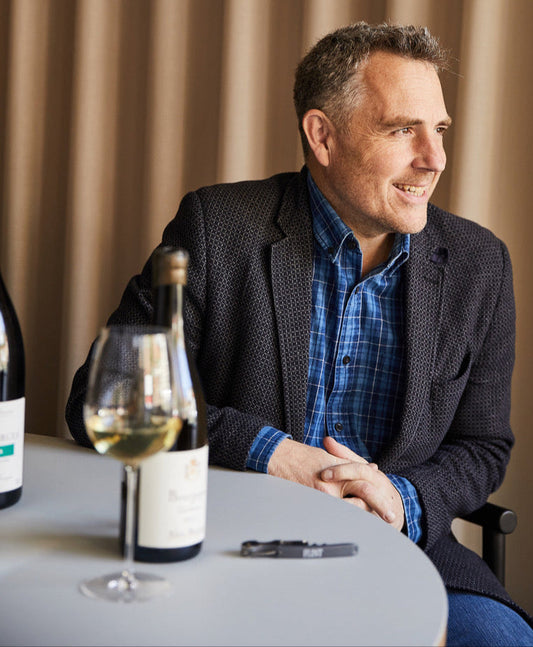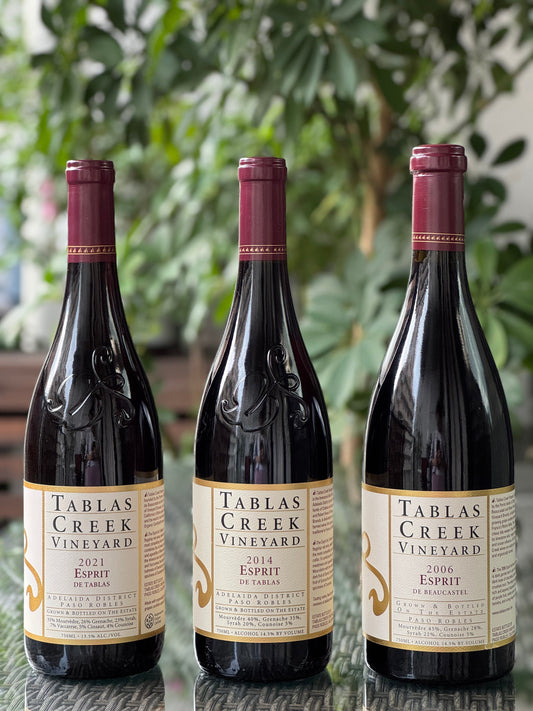This lesser-known Champagne appellation has been producing very fine still wines for a decade and more
Established in 1974, the Côteaux Champenois appellation is a designation that allows for the production of still wines in the same region as champagne. These wines can be made with the staples Pinot Noir, Pinot Meunier and Chardonnay, and the lesser-known Arbane, Pinot Blanc, Fromenteau and Petit Meslier. Unlike the strict rules surrounding champagne production, there is more room for creativity and flexibility in Côteaux Champenois, allowing winemakers to experiment with different styles and colours - from traditional white, to red and rosé varieties.
Since the early years of this century, several renowned champagne houses – including Bollinger, Louis Roederer, Egly-Ouriet, Georges Remy and many others – have been making still wines.
Despite the fact that Champagne was famous for its red wines long before it became the world’s most renowned sparkling region, for the last 200 years or so Côteaux Champenois has been very much the little sister of traditional method champagne. First, the value of sparkling champagne means that it is naturally prioritized over any still wine. Second, Champagne’s cool climate has always been ideal for ripening grapes with the right acidity for sparkling wine. Now, with average temperatures getting warmer (a report by the Comité Champagne shows a temperature increase of 1.3°C since 1961) grapes are coming in with higher sugar levels and less acidity – often more suited to still wine than sparkling.
Red Côteaux Champenois – mainly made from Pinot Noir – tend to have vibrant acidity, earthy notes, red berry flavours and delicate, spicy tannins. The Pinot comes from villages on the warmer south-facing slopes of the Mountain of Reims and in the commune of Epernay These terroirs produce exceptional still wines such as Bollinger's La Côte aux Enfants, aged for eight months in small barrels, and Egly-Ouriet's Ambonnay Rouge, aged for 22 months. Both use old vines and command high prices (the Bollinger can be up to £200 a bottle). For a more traditional style, Georges Remy's Bouzy wines are slightly less oaked but aged for a longer period to showcase the remarkable aging potential of red Côteaux Champenois. And for a taste of history, look no further than Champagne Geoffroy's Cumières Rouge – Cumières is where some of the region’s first red wines were produced.

bottles of Georges Remy wine

a bottle of Geoffrey Cumières Rouge
White Côteaux Champenois is rarer than red, and often much prized. Producers in the Côte de Blancs, just south of Epernay, are experimenting with innovative methods and techniques. Larmandier-Bernier presents a limited-edition Chardonnay from Cramant, aged for two years in oak barrels; the Frères Mignon allow their Avize Côteaux Champenois to rest on fine lees for two years. Etienne Calsac makes a robust blend of Chardonnay with Petit Meslier, a rare white grape variety, from the Côte de Sézanne, aged for two years. At Mouzon-Leroux in Verzenay, Sébastien Mouzon creates a skin-macerated blend of 90% Chardonnay and 10% Pinot Noir; called Photogramme it’s aged for an impressive 42 months on lees to produce a textured white wine with a sophisticated saline finish.
When it comes to still rosés, Pinot Meunier is the rising star of the three main champagne varieties. Rarely produced, rosé Côteaux Champenois are elusive gems, like the Max & Friends L'Experience Authentique Rosé, and much sought after. The grape has a delicate and fruity essence, with hints of wild strawberries and rose petals. But perhaps the best of the rosé Côteaux Champenois are the maceration rosé (rosé de saignée). Gamet, a producer in Fleury-la-Rivière, makes one by macerating the Meunier grapes for 40 hours, draining the juice, and then infusing whole berries in the juice for eight days.

a bottle of wine from Max & Friends
The future of Côteaux Champenois is growing as more producers, from Grandes Marques to small-scale growers, focus on showcasing its unique character. More houses are planning new cuvées. These wines are celebrated for their distinctive character and their ability to reveal Champagne’s many terroirs, free from the distraction of bubbles.
Nathalie Spielmann is a Full Professor of Marketing at NEOMA Business School in Reims, France where she directs the MSc Wine & Gastronomy. Her research interests centre around consumer behaviour and decision making with many of her academic articles focusing on terroir, branding, and collaborative strategies between wine firms. She holds the WSET Diploma and is current a Master of Wine student.




